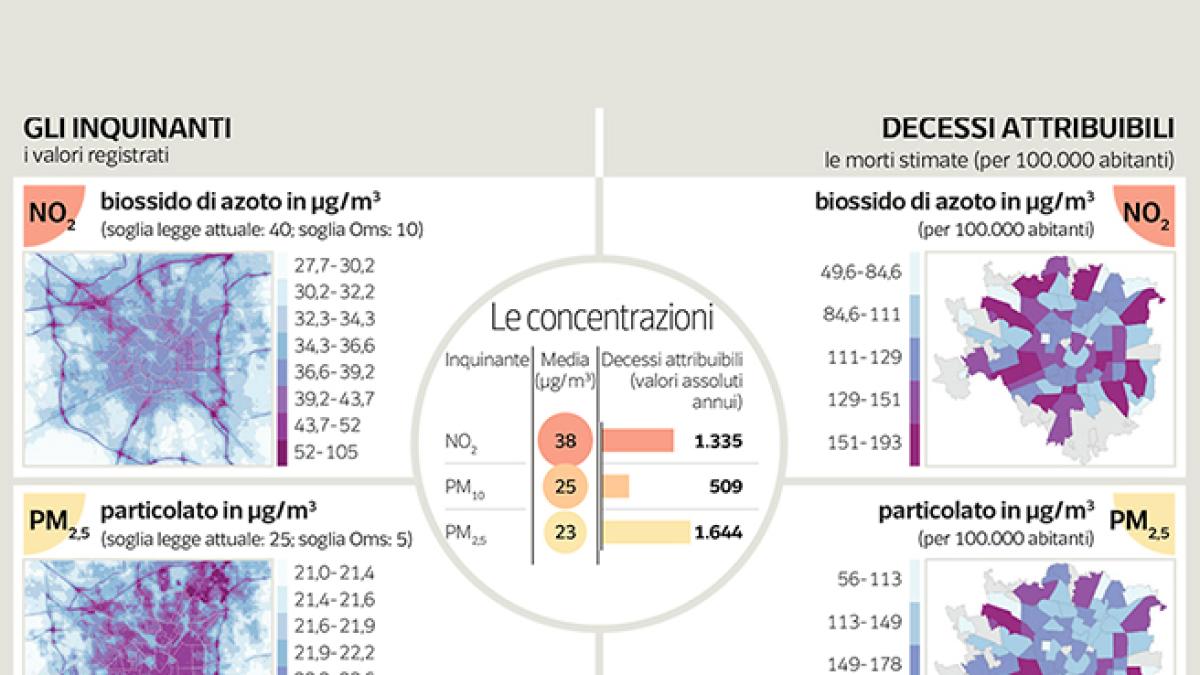The text focuses on the impact of pollution on mortality in Milan, Italy. It discusses the concept of “attributable deaths” as the mortality burden that could be avoided if a certain risk factor, such as pollution, is removed or reduced. The study estimates the number of deaths that could be prevented if pollution levels in Milan met the guidelines set by the World Health Organization for the protection of human health. The methodology used in the study has been refined and globally standardized over more than thirty years of epidemiological research.
It involves analyzing extensive datasets of health records and geolocated information. The results of the statistical analysis confirm the intuitive value of maps, showing that areas with heavy traffic or large thoroughfares are most affected by pollution. The research reveals that the impact of pollution is particularly critical in the outskirts of the city, with high death rates in specific neighborhoods. The text also highlights the discrepancy between legal limits for pollutants and the thresholds recommended by the World Health Organization, indicating that while pollution levels may comply with legal standards, they still exceed health protection guidelines.
The conclusion suggests that reducing fine particulate matter (Pm2.5) could contribute, along with limiting cigarette smoking, to a drastic reduction in lung cancer mortality. The text also promotes a newsletter for updates on news from Milan and Lombardy. The date of the article is February 3, 2024.
